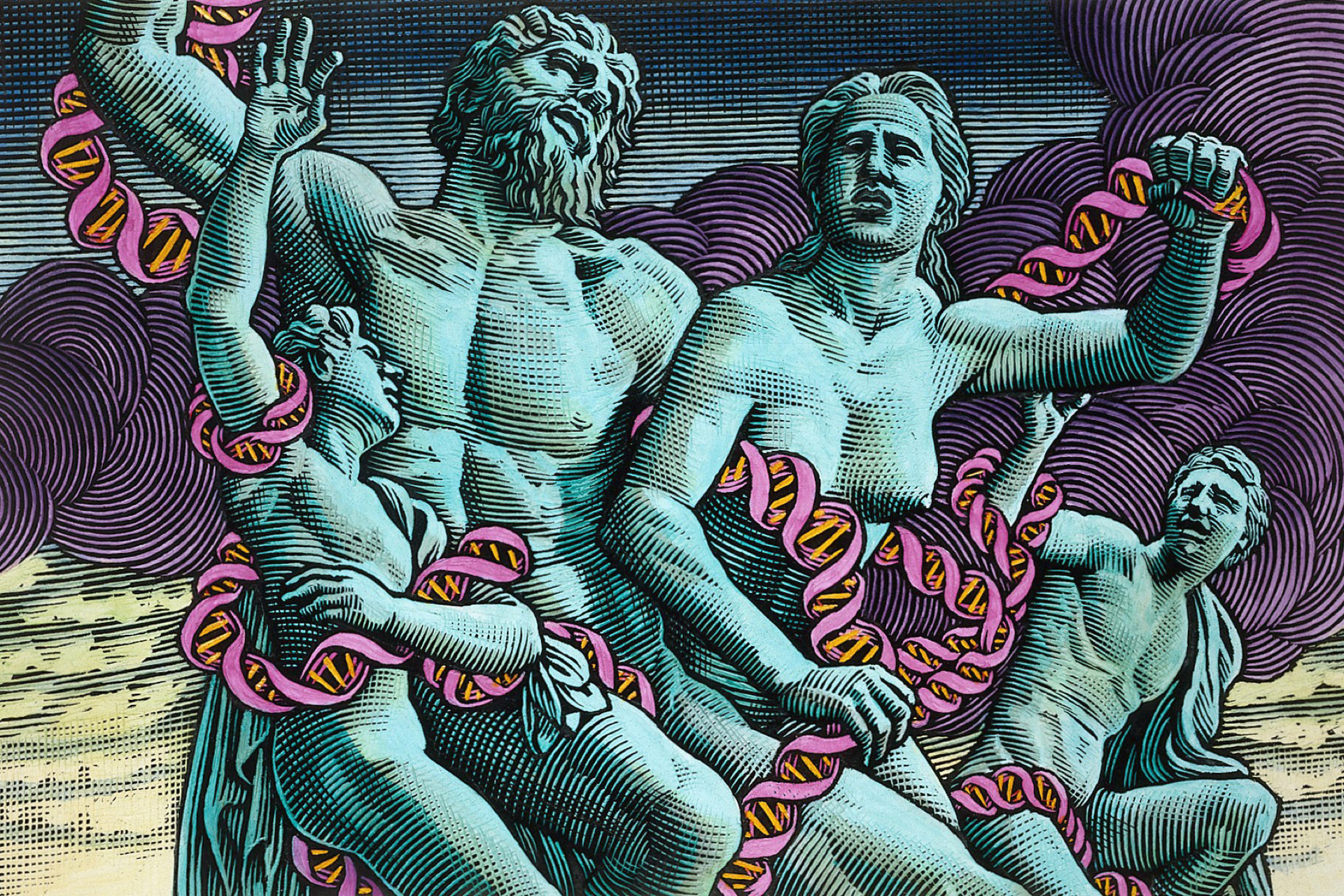Rapid advances in stem cell and embryo research are in danger of outstripping current ethical guidelines and new regulations are urgently needed, warn scientists in a report published this week.
'Synthetic' structures – such as organoids or embryos assembled from stem cells in the lab – are increasingly being used in cutting-edge research. These structures, referred to in the report as 'synthetic human entities with embryo-like features' (SHEEFs), are becoming increasingly sophisticated, and even more complex examples could soon be seen – for example, a rudimentary brain connected to a beating heart.
At the moment, there are no specific ethical guidelines or regulatory bodies covering the use of SHEEFs, and the report from scientists of Harvard Medical School, Massachusetts and the University of Groningen in The Netherlands highlights how current legislation regulating embryo research is not applicable to these living structures.
Currently, research using embryos is only permitted in the UK during the first 14 days after fertilisation, before the embryo has started to develop a feature called the primitive streak. The report, published in the journal eLife, argues that guidelines based on these 'stop signs' of strict timelines or the appearance of certain features are unsuitable for SHEEF research. This is because SHEEFs do not necessarily follow the same developmental process as embryos and would not necessarily hit these limits before developing attributes that are of ethical concern.
Speaking to NPR Shots, the report's lead author Dr John Aach of Harvard Medical School explained their concept for new regulations: 'What we're proposing is, instead of doing stop signs, we get these perimeter fences – where there's an agreement that there's an area of concern. For example, it might be agreed that we can't make a brain that will allow it to feel pain or we can't make something like a heart – but we can make up to it… as long as it doesn't start beating.'
For this 'perimeter fence' strategy to work, the report's authors suggest that a register of ethically concerning features be drawn up, with a biological definition given to each feature to allow easy identification.
Co-author Dr Jeantine Lunshof from Harvard Medical School and the University of Groningen, The Netherlands, said: 'The quest to understand human development and human disease and to formulate therapies for them should be carefully weighed against the moral concerns that arise in the course of these scientific inquiries… The time to start the conversation on how to achieve that is now.'
Sources and References
-
A New Form of Stem-Cell Engineering Raises Ethical Questions
-
Ethical Guidelines on Lab-Grown Embryos Beg for Revamping, Scientists Say
-
Addressing the ethical issues raised by synthetic human entities with embryo-like features
-
Harvard Scientists Call For Better Rules To Guide Research On 'Embryoids'
-
Researchers Argue for 'Embryoid' Ethics Revamp







Leave a Reply
You must be logged in to post a comment.